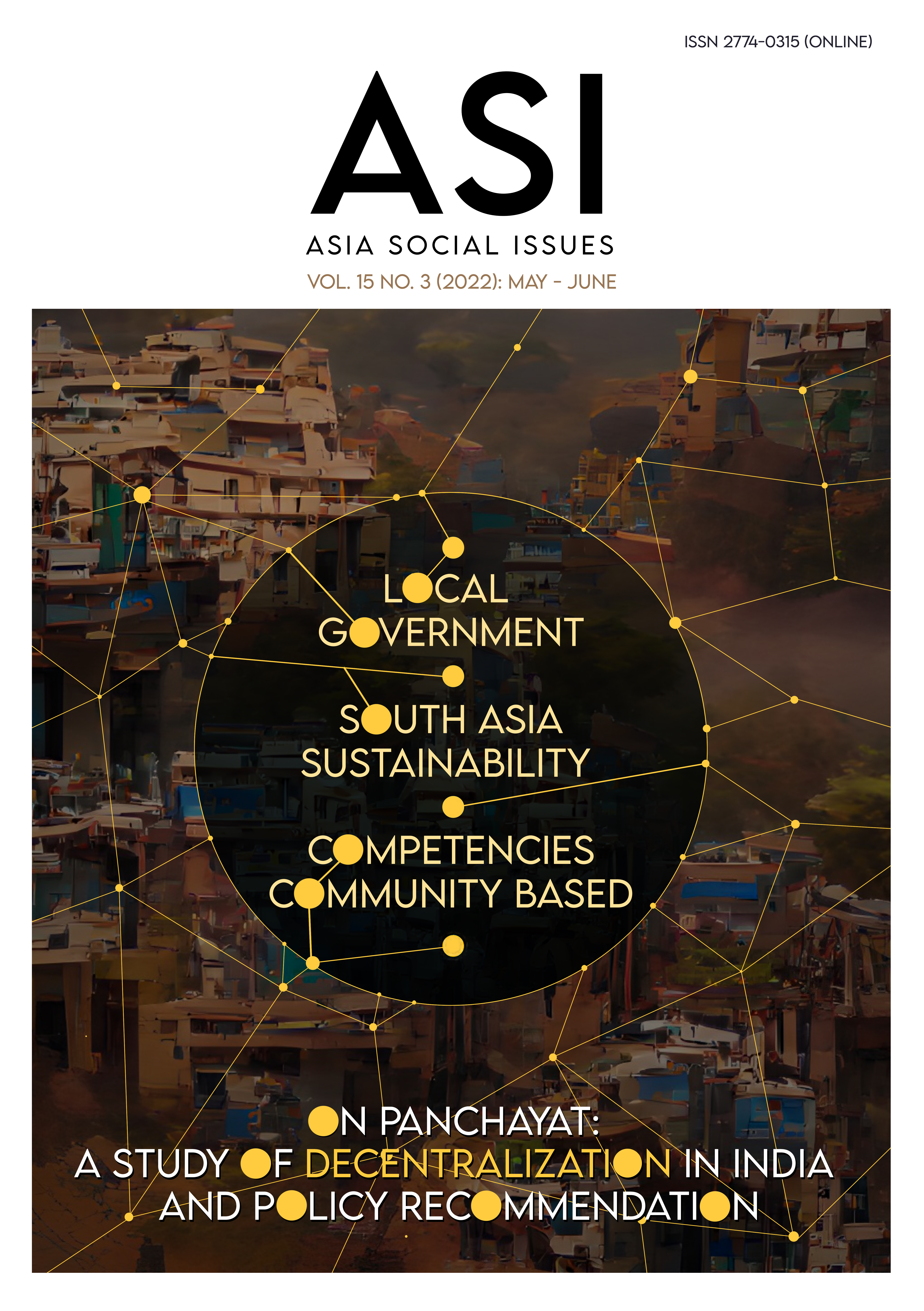Gender and Location as Factors Determinants of Secondary School Students Civic Engagement in Oyo State, Nigeria
Main Article Content
Abstract
The research adopted a descriptive research design of the survey type. The population consisted of 411,912 public secondary school students in Oyo State, Nigeria’s urban and rural areas. The study sample consisted of 600 public secondary school students’ selected using multistage sampling procedures, including simple random sampling techniques and stratified random sampling techniques. The instrument used to collect data was a questionnaire titled ‘Students’ Civic Engagement Questionnaire’ (SCEQ). The instrument’s validity was established through the face and content validity while the instrument’s reliability was determined using the Cronbach alpha method and a reliability coefficient of 0.72 was obtained. The data collected were analyzed using inferential statistics of the t-test to test the hypotheses formulated. All hypotheses were tested at a 0.05 level of significance. The study revealed no significant difference between male and female students’ attitudes towards civic engagement, but there is a significant difference between the civic engagement of secondary school students living in rural and urban areas. It was recommended that students be enlightened and encouraged to participate in civic obligations especially in urban areas such as community service to develop positive attitudes towards civic engagement.
Article Details
Copyright: CC BY-NC-ND 4.0
References
Agu, F. (2009). Nigeria’s for Civic Education: Aminuya, the Leading Weekly Hausa Paper. African Journal of Political Science and International Relations, Nigeria, 4(2), 075-082.
Azebamwan, C. (2010). Integrating civic education in schools and strategy for implementation. Retrieved from https://academia.edu/integrating/civic/education/strategy/implementation
Banks, J. A. (2005). Citizenship education for a pluralistic democratic society. Social Studies, 81(5), 210-215.
Cambridge University Dictionary. (2018). United Kingdom: Cambridge University Press.
Coley, R. J., & Sum, A. (2012). Fault lines in our democracy: Civic knowledge, voting behaviour and civic engagement in the United State. United States of America: Princeton, NJ Educational Testing Service.
Davila, A., & Mora, M. T. (2007). An assessment of civic engagement and educational attainment. Retrieved from https://files.eric.ed.gov/fulltext/ED497603.pdf
Fabiyi, O. (2009). Aparty of Nigeria voters worrisome-Iwu. Retrieved from https://punchng.com/aparty/voters/worrisome
Fredrick, J. A., & Eccles, J. S. (2006). Is extra-curricular participation associated with beneficial outcomes? Concurrent and longitudinal relations development psychology, 42(4), 699-713.
Gersmehi, P. (2008). Teaching geography (2nd ed.). New York: Guilford Press.
Jake, N. (2016). Teaching and learning. Retrieved from https://insidehighered.com
Jekayinfa, A. A., Mofoluwawo, E. O., & Oladiran, M. A. (2011). Implementation of civic education in Nigeria: Challenges for social studies teachers. Nigerian Journal of Social Studies, 14(1), 147-155.
Kehinde-Awoyele, A. A., & Jekayinoluwa, J. R. (2012). Fostering civic virtues in our youth: The use of participatory approach in social studies. Nigeria Journal of Social Studies, 1(15), 31-42.
Mofoluwawo, E. O., Jarimi, M., & Oyedele, T. (2012). The instruction mentality of civic education in moulding the youth: A case study of a college of education in Oyo town, Nigeria. International Journal of Humanity and Social Science, 2, 34-46.
Philip, G. (2008). Teaching geography (2nd eds.). New York: Guilford Press.
Sherrod, L. R., & Lauckhardt, J. (2009). The development of citizenship (pp. 372-407). In Lerner, R. M., & Steinberg, L. (Eds.). Handbook of adolescent psychology (3rd eds.). United States of America: Hoboken, NJ, John Wiley & Sons. Inc.
Sherrod, L., Torney-Purta, J., & Flannagan, C. (2010). Handbook of research on civic engagement in youth. United States of America: Hoboken NJ, Wilton.
Thomas, E. (2000). Civic responsibility and higher education (1st ed.). United States of America: Greenwood Publishing Group.
Wijk, V. S., & Francis, J. (1999). Setting the stage: Global trends in gender and demand. Retrieved from https://www.gender.cawater-info.net
World Health Organisation. (2017). World health statistics 2017. Retrieved from www.who-int,2017
Youniss, J. (2012). Civic education: What schools can do to encourage civic identity and action. Applied Developmental Science, 15(2), 98-103.
Zaff, J. F., Kawa Shima-Ginsberg, K., Lin, E. S., Lamb, M., Balsano, A., & Lerner, R. M. (2011). Development trajectories of civic engagement across adolescence: Disagression of an integrated construct. Journal of Adolescence, 34(6), 1220-1270.


